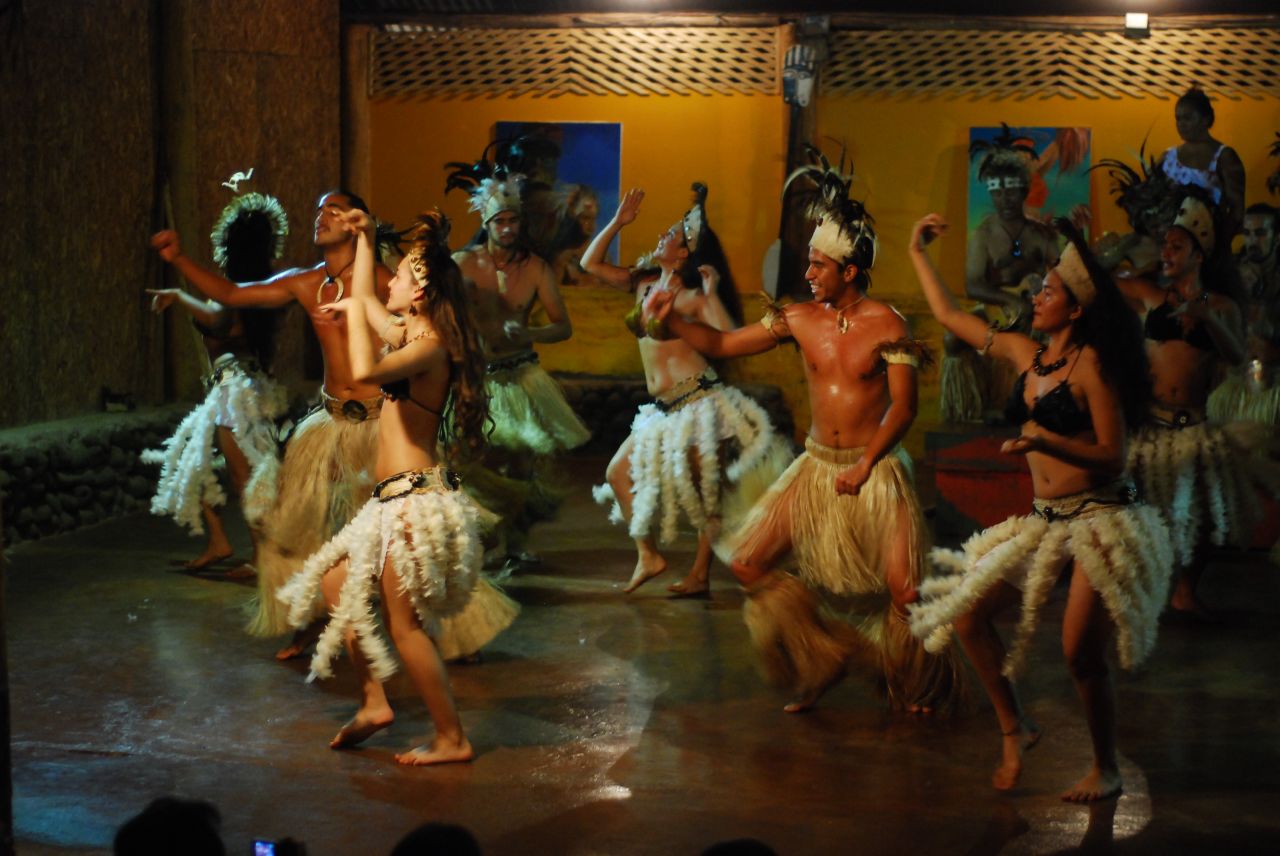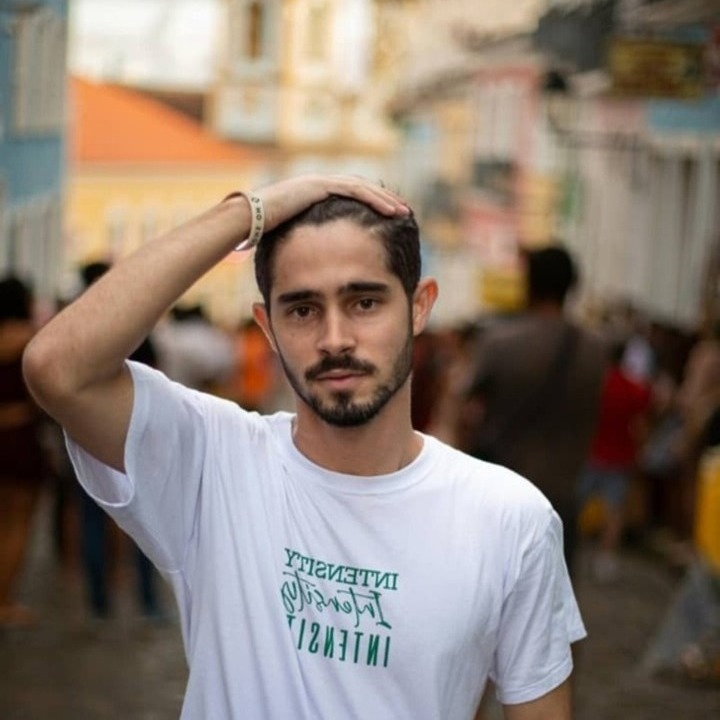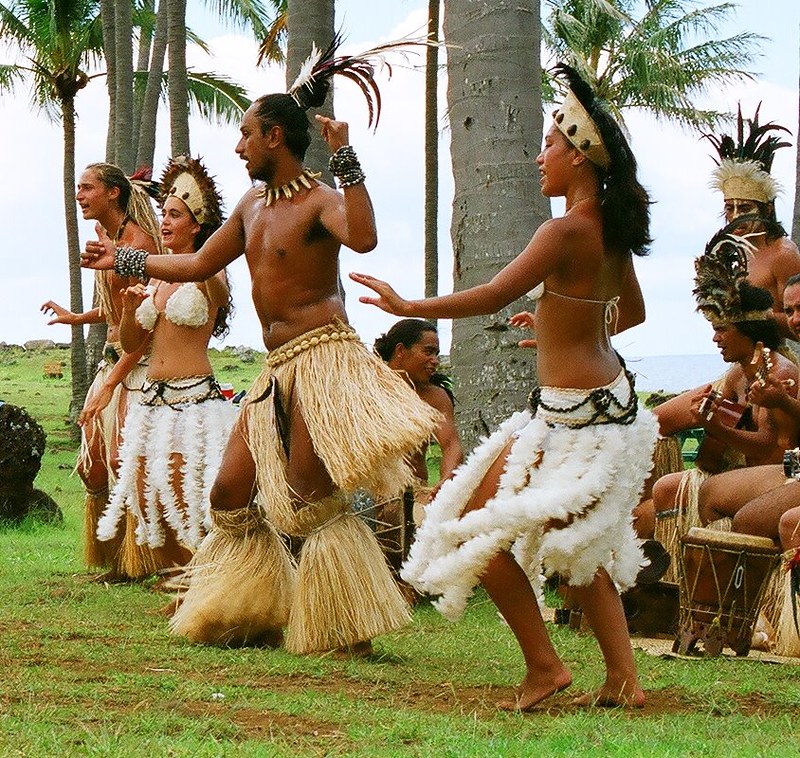Easter Music - Celebrating Traditions And Cultural Heritage On Easter Island
One of the few remaining echoes of the past on Easter Island is a song that commemorates Hau Maka, a figure from the island's early settlement. The Easter music serves as a testament to the fading memories and recounts a part of the legendary tale.
Author:Michael RachalReviewer:Finn WildeMay 31, 2023123.5K Shares1.6M Views

In 1772, European explorers discovered Easter Island, which later faced the ravages of Peruvian slave ship attacks in 1862 and devastating epidemics. Tragically, along with the decline in population, a significant portion of the island's musical traditions vanished.
One of the few remaining echoes of the past on Easter Island is a song that commemorates Hau Maka, a figure from the island's early settlement. The Easter musicserves as a testament to the fading memories and recounts a part of the legendary tale.
| O Hatu Matu'a i-unga-mai ai | Hatu Matu'a sent here |
| Ia Hau Maka, i toona tuura | His servant Hau Maka |
| Ka-kimi te maara mo te ariki | To search out a landing place |
| Mo te arikim mo tomo. | For the king to land. |
Easter Music And Tahitian Culture
The musical traditions of Easter Island are uniquely influenced by Tahitian culture, characterized by traditional singing and chanting. Each family on the island forms a choir, competing imaginatively with one another to depict the community's life and perpetuate the memory of Rongorongo.
In the past, these groups would come together annually to participate in a contest. Although supposedly judged impartially, the results often led to disputes and quarrels that could persist until the following year and the next contest.
In the early days, the music groups were accompanied by the resonant tones of conch-shell trumpets, while rhythm was provided by a dancer leaping on a slender stone slab placed over a pit containing a large calabash resonator. It is believed that stone castanets were also used during this time.
Regrettably, none of these instruments are currently in use, and singers are now accompanied by guitars. Similarly to other Polynesian cultures, traditional music also serves as the foundation for dance, which is exemplified in several instances below.

Rapa Nui e,,,aka. Easter Island ..(dance) ., feat..Fenua
Contemporary Easter Island music recounts tales of the arrival and departure of loved ones, celebrates the joy of marriage through songs about new brides, reflects on village life, depicts the beauty of sunrises, and captures the essence of the island's winds.
Additionally, there are songs dedicated to preserving the island's past, such as the Rongorongo tradition, which traces the family's history from ancient times. Another notable example is the song of the moai sculptures, where the rhythm is mimicked by striking two stones together, representing the sounds of the sculptors working on the massive statues in the quarries.
Conclusion
In conclusion, Easter music is deeply rooted in the cultural heritage of Easter Island, with a distinctive Tahitian influence. Traditional singing and chanting serve as a means for families to come together and compete in conveying the life of the community, keeping alive the memory of Rongorongo.
While the traditional instruments have faded away, contemporary music on the island continues to tell stories of love, marriage, nature, and the island's rich history. Easter Island's music serves as a powerful expression of its people's identity and plays a significant role in preserving and sharing their cultural traditions.

Michael Rachal
Author
Michael Rachal believes that luxury lies in the details. With over 20 years of experience in the luxury travel industry, he has crafted hundreds of bespoke itineraries for clients seeking personalized, unforgettable experiences.
Whether guiding clients through private cultural tours or curating culinary journeys with world-renowned chefs, Michael ensures that each trip is tailored to perfection.
His ability to anticipate needs and exceed expectations has earned him a reputation as a leading expert in luxury travel.

Finn Wilde
Reviewer
For Finn Wilde, the wilderness is more than just a destination - it’s a way of life. Over the past decade, he has led multiple expeditions in some of the world’s most remote regions, from the icy fjords of Greenland to the rugged trails of Patagonia.
Finn emphasizes sustainability in all of his adventures, helping participants connect with nature while promoting responsible exploration. His expeditions inspire individuals to explore the great outdoors while fostering a deep respect for the environment.
Latest Articles
Popular Articles
